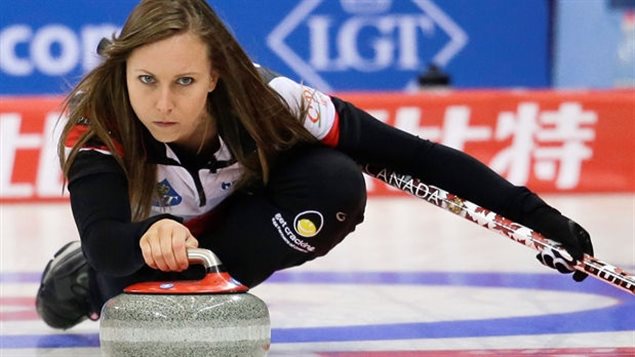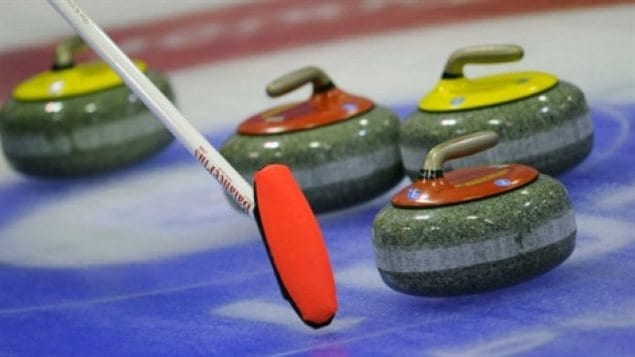In the sport of curling, it is sometimes essential that the rocks bend around an opponents stone. But what makes it do that?
Researcher Edward Lozowski (PhD) spent four years unravelling the mystery.
He is professor emeritus of Earth and Atmospheric Sciences at the University of Alberta.
Listen
Lozowkski’s study ends speculation and myths about the phenomenon of “curling” rocks in the game. One of the myths had to do with friction, but he says that is something else entirely and does not explain the “curl”.
His study was published in the journal Cold Regions Science and Technology under the title ‘First principles pivot-slide model of the motion of a curling rock: Qualitative and quantitative predictions’
But to start there are a couple of important things to note about curling.
First the bottom of a curling stone is not perfectly flat, but instead the centre is slightly indented (concave) so that the rock slides on a narrow contact band or “ring” surface.
The second is that the ice surface is liberally sprinkled with water which freezes to create a frozen pebbled surface.

With that in mind professor Lozowski studied the issue for four years and has developed an algebraic equation to determine a rock’s curl.
The basic premise is what he calls “stick and pivot-slide”. As the rock annulus encounters an ice “pebble” it is momentarily stuck, and its momentum, already slowly spinning but moving forward, causes a very slight rotation around the pebble (pivot) before that same forward momentum breaks the bond and carries the rock forward but now in a very slightly altered path due to the rotation caused by the pebble.

The alteration in direction and the time duration of being “stuck” are both miniscule but over the course of the long ice sheet, the miniscule direction alterations add up to create the curl. As friction slows the speed (momentum) of the rock, the stick and pivot effect increases. Thus while the rock initially appears not to curl, as is slows toward the end of the curling sheet, the effect increases and results in a more evident “curl”
Thus the physical reason for how and why a rock curls has at last been determined.
Although not a curler before taking up the study professor Lowzowski says it looks like a fun sport and he may take it up himself in the future.







For reasons beyond our control, and for an undetermined period of time, our comment section is now closed. However, our social networks remain open to your contributions.